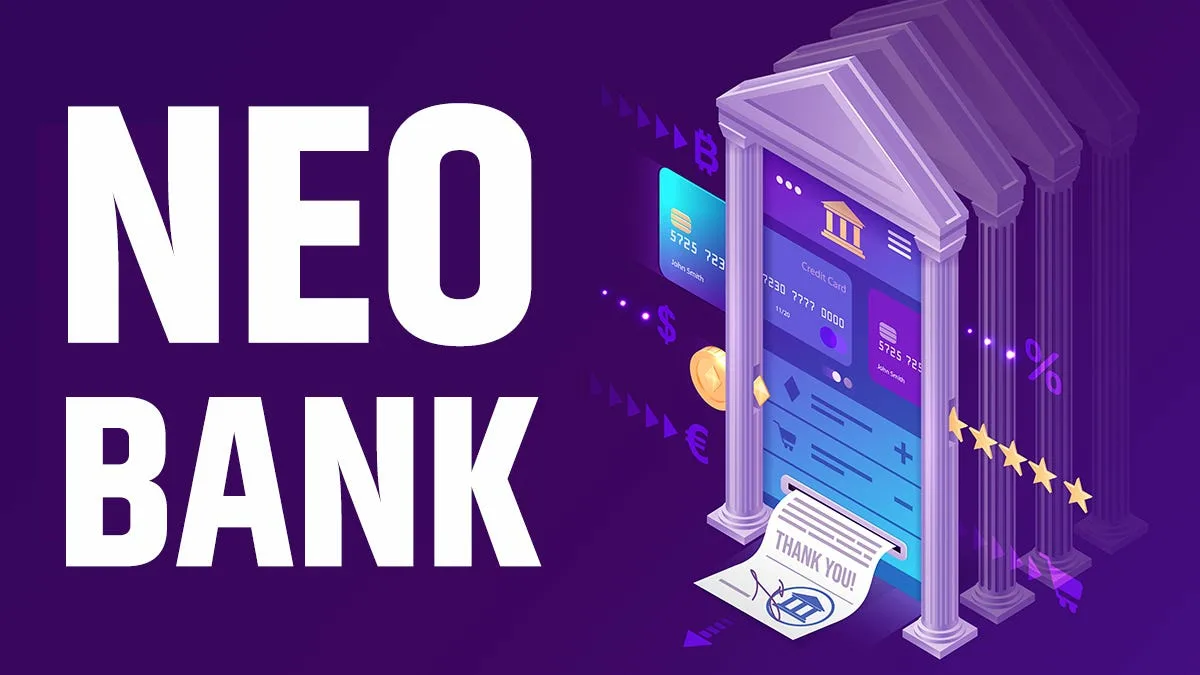In the world of digital financial solutions, marketing has long gone beyond standard advertisements. Modern payment systems compete not only on the level of technology, but also in the perception of the brand by users. And here, more and more often on the scene comes the influencer-marketing — a format in which the platform does not just talk about itself, but becomes part of the real user experience. This is especially important in an industry where trust and transparency are crucial.
Let's figure out how exactly the influencer works-marketing for payment systems, it works in reality, which formats are most effective and why brands are increasingly turning to bloggers.
Before you start: specifics of payment solutions
Payment systems are in a sensitive area. Users are reluctant to share data, wary of new services, and the choice of a transfer or payment platform is usually based on other people's experience. It is for this reason that promotion through media personalities that inspire confidence in their audience is more effective than standard advertising banners.
A blogger or expert can show you how to use the app in practice, tell you about its features, and demonstrate security and speed. For the audience, this approach is perceived as advice from a friend, and not as an intrusive advertisement.
Stories come first
One of the most effective formats is storytelling. This can be a story about a purchase, a trip, a trip abroad, shopping on the marketplace — any experience where the blogger needed to pay for something or transfer funds. It shows how the payment system helped solve the problem simply and without unnecessary steps.
It is important that the story looks lively and organic. Don't overload such publications with technical details — users are more interested in watching the result, rather than the process of connecting the map.
A test drive with an honest rating
The review format works fine if the platform launches a new app or updated interface. Here, a blogger can go through all the functions, show the registration process, compare it with their counterparts, and honestly tell you what they liked and didn't like. Such a presentation arouses respect and increases the level of trust: the audience feels that it is not an advertising text, but a real opinion.
This format is especially useful for those bloggers who specialize in financial or technological topics. Their audience is already ready to accept such content and is able to appreciate the benefits that the author is talking about.

Engagement through challenges and gamification
Influencer marketing for payment systems can be more than just serious. Sometimes it is useful to take a step towards easy, engaging content — for example, to offer the blogger to arrange a challenge with subscribers: who will open an account faster, who will use the bonus program more actively, who will find the greatest number of profitable cashbacks.
This approach helps to establish an emotional connection with the brand, to show that the payment system is not only about finances, but also about convenience in everyday life. In addition, engaging subscribers increases the effect: they not only watch, but also interact.
Live demonstration in the “life”scenario
We are talking about including the payment service in the usual blogger's routine. This can be buying food with payment through a specific service, transferring money to a friend, or paying for a subscription. The main thing is not to focus on advertising. Everything should look as natural as possible, as part of the usual day.
This format is especially effective for short videos: Reels, Shorts, and TikTok videos. Thanks to the dynamics and everyday life, the viewer does not perceive the video as an advertisement, but at the same time remembers the brand.
Influence through niche Opinion leaders
It's not always worth chasing bloggers with a multi-million audience. Often, micro-influencers who have a closer contact with subscribers are much more effective. For example, an accountant who talks about working with freelancers can unobtrusively show you how to quickly accept payment through a specific system.
This approach is good because it reaches a narrow but interested audience. And the conversion rate for installing an app or registering an account may be even higher than for a popular celebrities ' reach campaign.
Joint projects with other brands
Cross-promo is another interesting way to go. The payment system can be combined with another service: a marketplace, an online movie theater, or an educational platform. The blogger talks about the convenience of payment, additional bonuses or discounts when using a specific payment card. Everyone wins: the brand gets reach, the partner gets additional traffic, and subscribers get a useful bundle of services.
It is important that the blogger actually uses both products — this will add credibility and credibility.
Emphasis on safety and reliability
Financial services are primarily a matter of trust. That is why it is important that bloggers talk not only about how easy it is to use the payment system, but also emphasize security: two-factor authorization, data protection, licensing, and transparency of terms.
You don't have to go into the legal details — you can just mention that the author feels comfortable knowing that his money is protected. This message is especially valuable in an era when cybersecurity has become a part of everyday reality.
User support through bloggers
A non-standard but interesting format is training. Payment systems can offer bloggers to create a series of mini-guides: how to register, how to transfer money abroad, how to receive transfers to a bank card. This format is especially useful for young people, migrants, older users and anyone who is just starting to learn online finance.
The blogger's role here is not to sell, but to explain. And it works — because it is clarity and support that most often decide whether a person will use the service.








